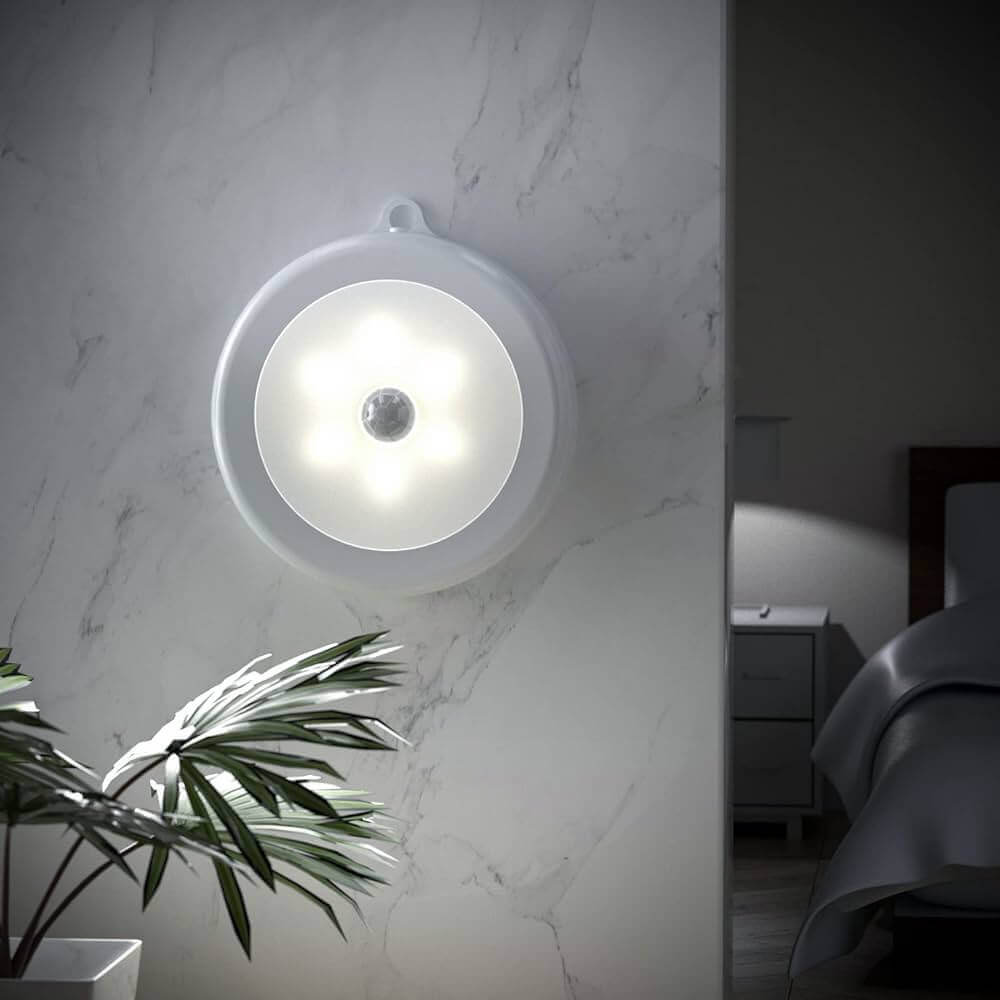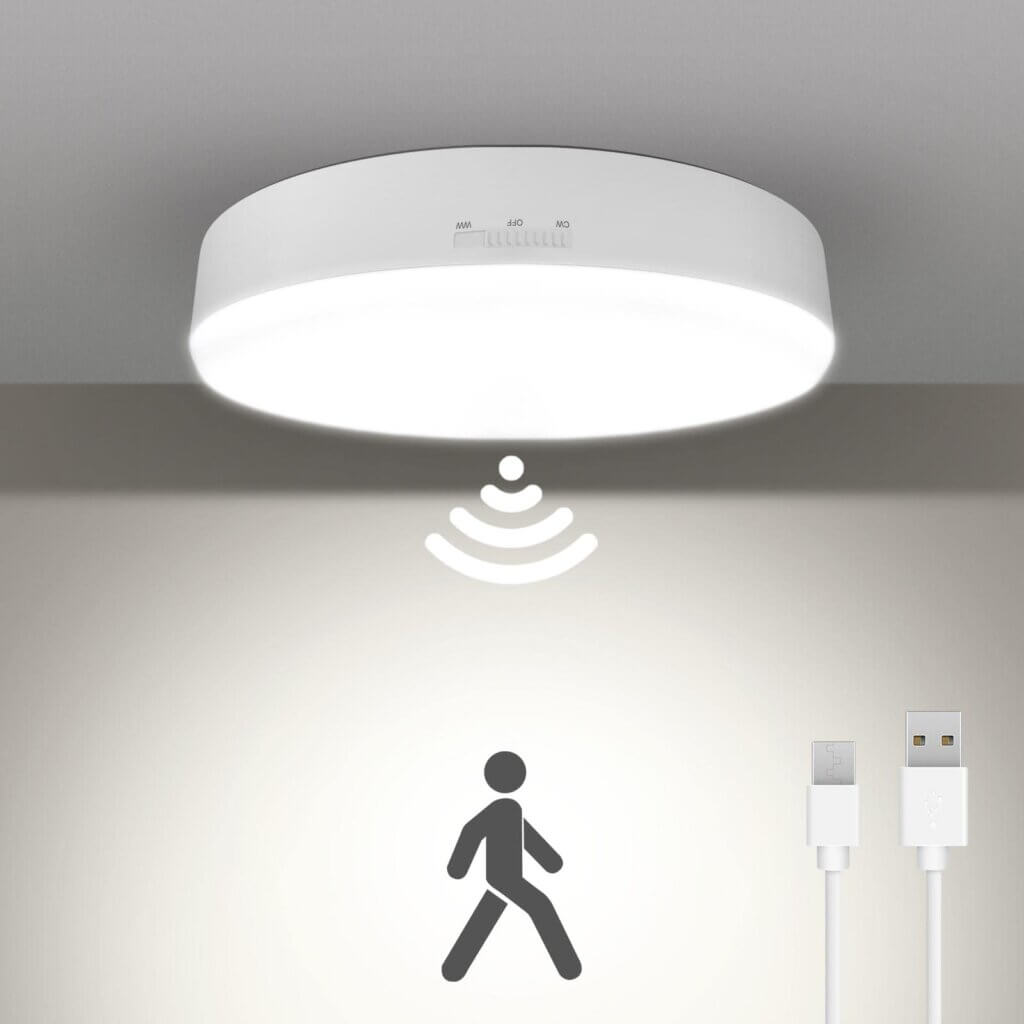Introduction
Motion Sensor Lights have revolutionized the way we illuminate our outdoor spaces. Not only do they enhance security, but they also offer convenience and energy savings. In this comprehensive guide, we will delve into the world of Motion Sensor Lights, covering everything from their benefits to installation tips. Whether you’re a novice or an experienced user, you’re in the right place to learn more about Motion Sensor Lights.
Motion Sensor Lights: Shedding Light on the Basics
Motion Sensor Lights, also known as motion-activated lights, are outdoor lighting fixtures equipped with a sensor that detects motion in their vicinity. Once motion is detected, these lights automatically illuminate the area, providing increased safety and visibility. Let’s explore the key aspects of Motion Sensor Lights:
How Do Motion Sensor Lights Work?
Motion Sensor Lights operate using passive infrared (PIR) sensors. These sensors can detect heat and movement. When someone enters their range, the PIR sensor sends a signal to the light fixture, triggering it to turn on. The light remains on as long as motion is detected, typically for a preset duration, and then automatically turns off when no motion is detected.
Benefits of Motion Sensor Lights
Motion Sensor Lights offer a range of advantages:
- Enhanced Security: They deter potential intruders and provide additional safety for your property.
- Convenience: No more fumbling for light switches when you arrive home at night.
- Energy Efficiency: Motion Sensor Lights’s only activate when needed, reducing energy consumption.
- Extended Lifespan: With less frequent use, these lights can last longer.
Types of Motion Sensor Lights’s
Motion Sensor Lights’s come in various types:
- Floodlights: These provide a wide beam of light, ideal for large areas.
- Path Lights: Perfect for illuminating walkways and garden paths.
- Wall Lights: Designed to be mounted on walls, they offer versatile lighting options.
Installation Tips
Installing Motion Sensor Lights’s is a straightforward process. Here are some tips to ensure a successful installation:
- Placement: Position the light so it can detect motion effectively.
- Height: Install the light at the right height to maximize coverage.
- Adjustment: Fine-tune the sensitivity and duration settings for your specific needs.
Motion Sensor Lights’s in Action
Motion Sensor Lights’s can be applied in various scenarios. Here’s how they can enhance your daily life:

Motion Sensor Lights’s for Home Security
When integrated into your home’s security system, Motion Sensor Lights act as a deterrent to potential intruders. They startle trespassers by suddenly illuminating the area, making it less appealing for them to proceed.
Convenience at Your Doorstep
Imagine arriving home after a long day at work or a night out. With Motion Sensor Lights’s, your entrance is well-lit as soon as you approach, making your arrival safer and more convenient.
Energy Savings
Traditional outdoor lighting systems waste energy by staying on all night. Motion Sensor Lights’s, on the other hand, only activate when needed, significantly reducing energy consumption and lowering your electricity bills.
Extending the Life of Your Light Bulbs
With Motion Sensor Lights’s, the light bulbs endure less wear and tear because they’re not continuously in use. This means you won’t have to replace them as frequently, saving you money in the long run.
FAQs about Motion Sensor Lights’s
How long do Motion Sensor Lights’s stay on?
Motion Sensor Lights’s typically stay on for 1-5 minutes after the last detected motion. The duration can often be adjusted to suit your preferences.
Can Motion Sensor Lights’s be used indoors?
While Motion Sensor Lights’s are primarily designed for outdoor use, some models can be used indoors. However, ensure they are compatible with indoor settings.
Do Motion Sensor Lights’s work in all weather conditions?
Most Motion Sensor Lights’s are designed to withstand various weather conditions, including rain and snow. However, it’s essential to choose lights that are suitable for your specific climate.
Are Motion Sensor Lights’s easy to install?
Yes, Motion Sensor Lights’s are generally easy to install, even for those with limited DIY experience. Many come with clear instructions for a hassle-free setup.
Do Motion Sensor Lights’s consume more electricity than regular outdoor lights?
No, they consume less electricity because they only turn on when motion is detected, making them energy-efficient.
Can I adjust the sensitivity of the motion sensor?
Yes, the sensitivity of the motion sensor can usually be adjusted to cater to your specific needs and to prevent false activations.
Conclusion
In this guide, we’ve shed light on Motion Sensor Lights’s, their benefits, installation tips, and applications. Enhance your home’s security, convenience, and energy efficiency by adding these smart lighting solutions to your outdoor space. Whether you’re a homeowner looking for a safer environment or someone interested in energy savings, Motion Sensor Lights’s are a valuable addition to any property.



